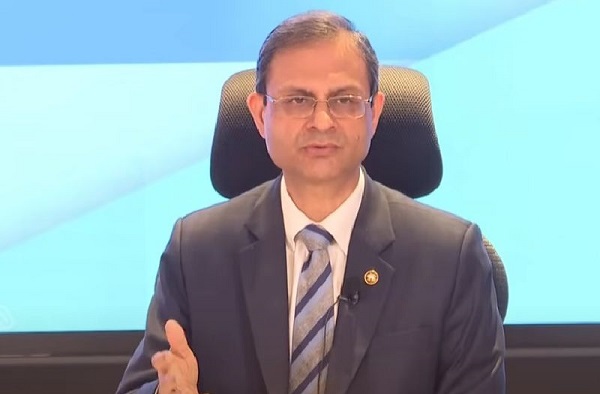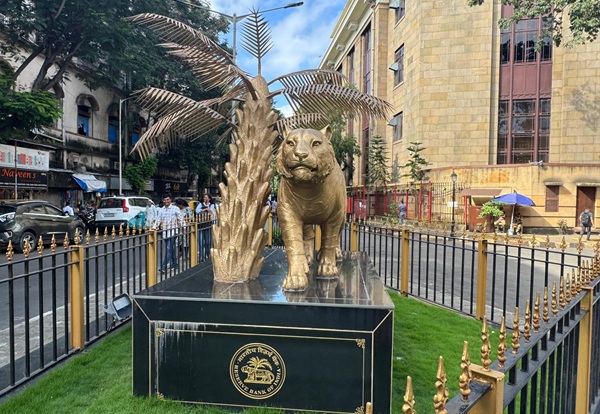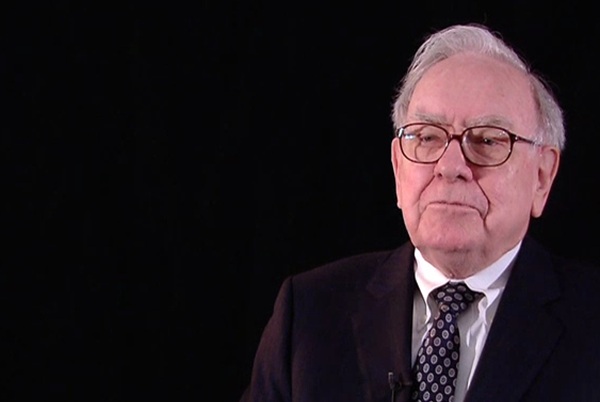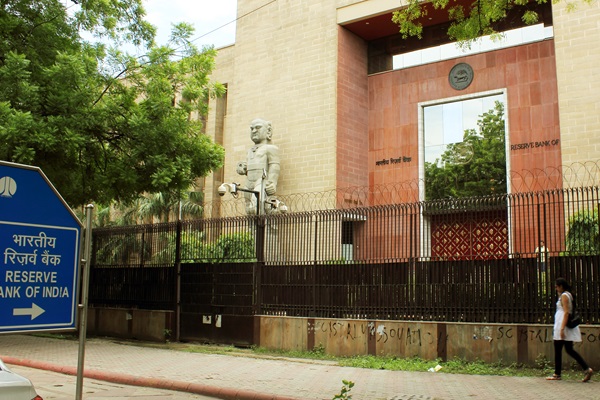.png)
Benign Inflation, External Risks Keep Rate-Cut Debate Open, But for December
The Reserve Bank of India is expected to hold the repo rate at 5.50% on Wednesday, with inflation undershooting forecasts and US tariffs clouding growth prospects. Analysts see a dovish pause, while keeping the option of another rate cut later this year.
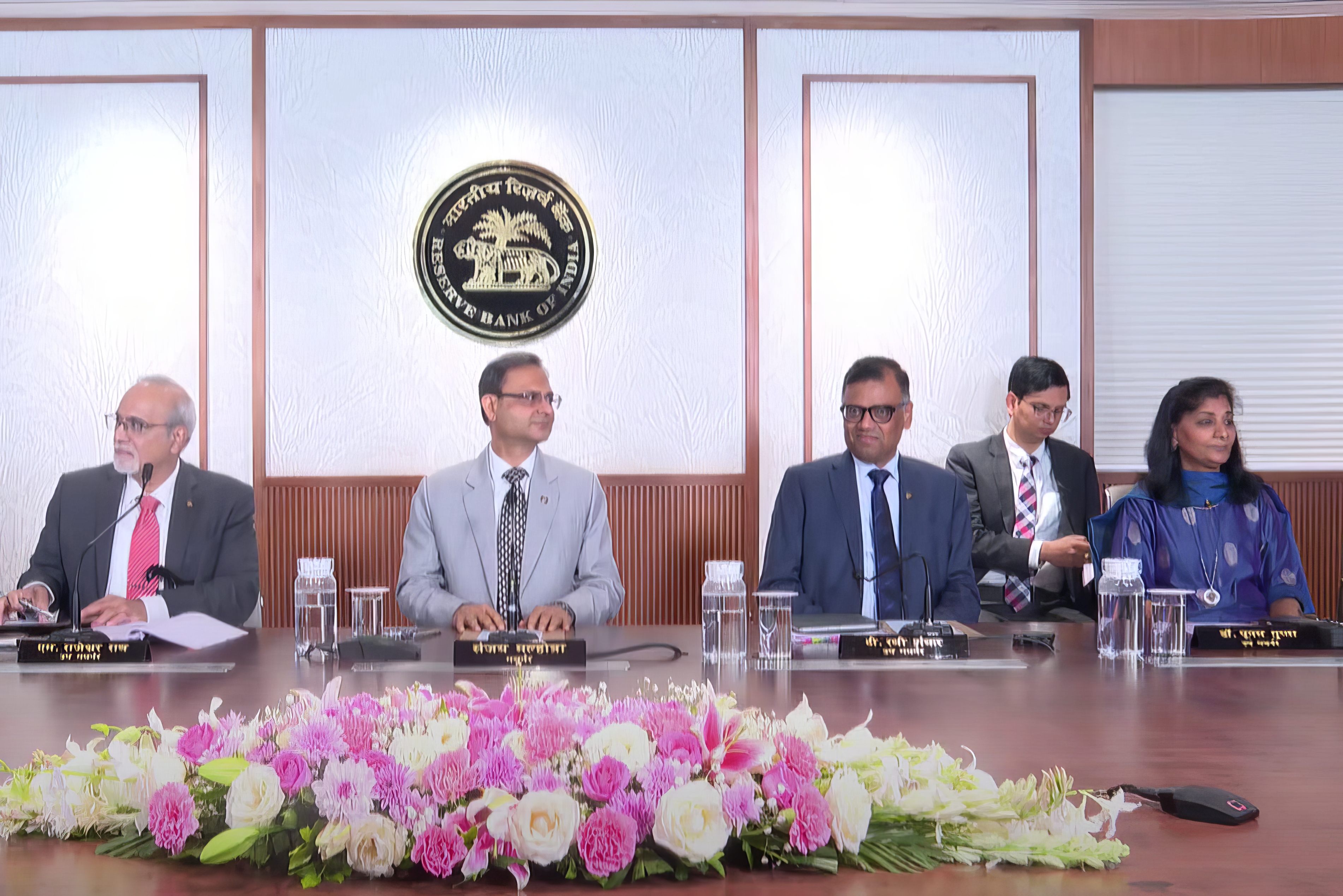
September 30, 2025 at 4:13 AM IST
The Monetary Policy Committee meets on Wednesday with inflation well below the 4% target and recent US tariffs casting a shadow on India’s export outlook. Most analysts expect a pause at 5.50%, but the possibility of another 25-basis-point cut before year-end remains, as the central bank weighs transmission, financial conditions, and global risks.
|
Media Organisation |
Rate Poll |
|
Bloomberg |
Unchanged |
|
Reuters |
Unchanged |
|
Economic Times |
Unchanged |
|
Financial Express |
Unchanged |
|
Business Standard |
Unchanged |
|
Informist |
Unchanged |
While inflation has eased further and fiscal measures are supporting growth, external risks and tightening financial conditions complicate the policy outlook. Many analysts see the October meeting as a “live” event, with the possibility of a 25-basis-point cut either this week or deferred to December, depending on the committee’s reading of inflation durability, growth momentum, and transmission.
The central bank has already delivered 100 basis points of easing this year, including a front-loaded 50 basis point reduction in June. Since then, headline consumer inflation has averaged about 2.3% between April and August, sharply undershooting the June forecast of 3.1% for 2025–26.
The reduction in goods and services tax rates has reinforced the disinflationary trend, with analysts revising their 2025–26 inflation forecasts down to about 2.4%, well below the official projection. While food inflation has remained subdued, core inflation has been stable near 4%, suggesting underlying price pressures are contained. Inflation is expected to rise in 2026–27 due to a low base, higher commodity costs, and possible currency depreciation, but near-term conditions appear comfortable.
On the growth front, the picture is more mixed. GDP growth in the June quarter surprised on the upside at 7.8%, aided by resilient private consumption and services. Rural activity has been strengthening, with improved farm output and record rural sentiment readings, while tax rationalisation is expected to support demand in coming quarters. Yet high-frequency data through August point to a slowdown in sectors such as cement, air travel, and port traffic, while investment demand remains subdued. Moreover, the imposition of 50% tariffs on Indian exports by the United States and related measures on services trade have added uncertainty to the external environment. Exports to the United States have already shown signs of moderation, and prolonged restrictions could weigh on investment intentions.
Against this backdrop, forecasts diverge on the timing of the next cut. Barclays expects a 25 basis point reduction in October, citing benign inflation, tight financial conditions, and tariff headwinds. Citi, Capital Economics and SBI also have flagged the possibility of a cut.
Goldman Sachs and ICICI Securities prefer a pause, arguing for retaining optionality until December, to assess how tax cuts feed through to inflation and how trade restrictions evolve.
ICICI Bank highlights that fiscal policy, through tax cuts, is already supporting demand, and that the central bank may use this window to focus on liquidity transmission before resuming easing if growth weakens later in the year. The decision may hinge on whether the majority of committee members view the current 5.50% nominal rate as restrictive given average inflation near 3%, which implies real rates in the 1–2% comfort zone signalled by the governor.
Liquidity conditions add another layer of complexity. After remaining in surplus for six months, system liquidity turned into a modest deficit in late September due to tax outflows. The central bank responded with variable rate repo operations and a phased one percentage point cut in the cash reserve ratio, which should ease conditions through the rest of the year. Nonetheless, money market rates briefly rose above the repo rate, while government bond yields at the long end have hardened due to heavy issuance and muted demand. The tightening of financial conditions has slowed transmission of earlier cuts: lending rates on new loans edged higher in July even as the policy rate fell, though deposit rates have adjusted more quickly. Most analysts expect the Reserve Bank to ensure liquidity remains in surplus to support transmission, either through continued operations in the bond market or adjustments in its forward book.
Wednesday’s policy meeting is expected to deliver a hold on rates with a neutral stance, accompanied by dovish guidance. The central bank is likely to revise down its 2025–26 inflation forecast and may retain the 6.5% growth projection despite compelling grounds for modest upward adjustment.
The forward-looking tone will be critical: signalling readiness to act if growth slows further or external shocks deepen, while keeping space open to deliver another 25 basis point cut later this year. The balance of opinion across economists suggests October is a close call, but December remains the more probable window for the next move, unless growth risks intensify sooner.
